Welcome to Ten Bagger, where Lowell Resources Fund chief investment officer John Forwood gives us his take on a sector of the ASX resources market full of value.
This month, John tells us why he’s taking a closer look at unlisted explorers and why he likes the copper story in 2024.
Funds managers like Lowell’s (ASX:LRT) CIO John Forwood often like to look further down the ASX at the early stage explorers to find the companies with real 10-bagger potential.
But capital markets have been dire in the past year and a half and the opportunities to get in on the ground floor of new ideas have been fewer and farther between.
Over new 100 resources companies listed on the ASX in a mini-boom in 2021.
Currently just six companies of any kind are slated to list on the ASX in the coming months.
One, Capstone Copper, is a Canadian mid cap chasing a secondary listing in Australia while another, Far Northern Resources, has been delayed after originally planning a tilt on the bourse in 2023.
It’s a situation that has Forwood and Lowell looking to unlisted explorers to get in early, increasing its exposure to companies not listed on any exchange from 6% to 12% in recent months.
“That’s because the market has been so tough. I know there’s been three junior resources companies that have listed on the ASX in the last month or two,” Forwood said.
“One was gold, one was rare earths and one was lithium and the standout one obviously was that lithium float Kali Metals (ASX:KM1), which has more than doubled from its IPO price.
“But that’s definitely a very limited number and last year there was almost none.
“These opportunities which are coming to us would probably in a decent market have been coming to us as an IPO. But they’re coming to us as a seed opportunity with varying potential timeframes to IPO.”
Copper the metal to watch in 2024
Among those unlisted opportunities, Forwood has taken a liking to those dabbling in the copper space.
While copper never reached the great heights predicted by bulls last year, at between US$3.50-3.80/lb, the commodity has held up against a slide in other battery metals.
And supply pressures are mounting.
“On the demand side, we’ve seen China build a lot of smelters over the last couple of years and the demand for concentrate is really, really tight. There’s a lot of demand and treatment charges and refining charges have fallen significantly over the last 12-18 months as a result of that,” Forwood said.
“So there’s a lot of demand for concentrate and the supply is really being squeezed. Over the last last month or so we saw Teck come out and say it wasn’t going to meet its production forecast from Quebrada Blanca, its big copper mine.
“Similarly, Anglo has come out and said we’re going to be 200,000 tonnes per annum short on our production forecast on copper, which is a big chunk of the world market.
“And then of course, late last year we saw First Quantum basically looking like their Cobre Panama mine in Panama is really challenged in terms of how it’s ever going to resume full scale operations again, given the legislative and social swing against it.”
Gold majors have been bullish about expanding copper production, Forwood noted, with the shift of pure play goldies into the red metal a sign of its long term potential.
“We’ve got five unlisted companies that we’ve invested in over the last six months which have greater or lesser exposure to copper and the most recent one is an unlisted company called Mogotes Metals, which is in Argentina in a very exciting emerging porphyry copper belt,” Forwood said.
“We’re pretty excited about getting involved in that company. There’s definitely been increasing exposure to copper (in the fund) over the last six months.”
There are few ways for retail investors to get access to pre-IPO or seed stage companies, but investing in listed funds like Lowell which invest in them is an option to gain a secondary holding.
However, Forwood noted patience was needed with unlisted companies, which don’t enjoy the liquidity of the public market.
“They’re coming to us as a seed opportunity with varying potential timeframes to IPO. Some of them potentially quite quick,” he said.
“A lot of them would IPO in 2024 if the markets open up. If not, they’re probably going to have to do another seed round and hope to do it in 2025.
“You’ve got to be prepared to be very patient. It can take a long time. Six months can turn into six years in terms of getting to an IPO. Very, very easily.
“By the nature, that means we put less dollars in because it’s illiquid and we can’t easily exit but we think that the quality of the opportunities are very, very good and they do stand a good chance of getting listed if and when the markets open up.”
Value uplift is shifting down the food chain
Lowell enjoyed a 22.8% lift in NAV per unit after distributions last year, largely driven by a well-timed investment in Azure Minerals (ASX:AZS) ahead of a premium takeover bid for the explorer from Chile’s SQM.
That compared to a 12.1% return for the ASX 300 resources index and 1.2% drop in the Small Resources Accumulation Index.
Often companies in the throes of transitioning from developer to producer are the strong performers, earning a rerate as they move towards cash flow.
But for 2024, Forwood says early stage explorers who make promising discoveries — think 2023 success stories Azure, Wildcat (ASX:WC8) and WA1 (ASX:WA1) – are more likely to enjoy the support of the market with trouble for recent new producers weighing on the minds of investors.
“We’ve got quite a big grassroots exploration position and we’ve got quite a lot of cash, and we’ve got relatively little in the middle in terms of development,” Forwood said.
“That’s still the case because it’s been so tough for developers.
“We’re seeing (lead miner) Galena Mining (ASX:G1A) talk about a ‘strategic review’, we’re seeing Core Lithium (ASX:CXO) cease mining operations and just treat stockpiles.
“It’s extremely tough to be a new producer at the moment. I saw a great contrast between Kali Metals, a new exploration float, and Core Lithium. Core’s gone from $1.20 to 20-odd cents whereas Kali’s gone from IPO at 25c and it’s now at 64c (62c by Friday close).
“At the moment it seems it’s better to travel than to arrive, as in it’s better to explore than to develop.”
With development funding harder to come by, Forwood predicted majors could look to take on development projects from juniors struggling to raise capital.
“Another really good quote I heard last week is a junior’s funding problem … is a major mining company’s development pipeline,” he said.
“So the big companies can just look at all these projects that are shovel ready, permitted, feasibility is done and say: ‘I quite like the look of that one, I’m going to go and buy that little company.’”
The views, information, or opinions expressed in the interviews in this article are solely those of the interviewees and do not represent the views of Stockhead. Stockhead does not provide, endorse or otherwise assume responsibility for any financial product advice contained in this article.
The post TEN BAGGER: Why fundies are looking off the ASX for the next big thing appeared first on Stockhead.





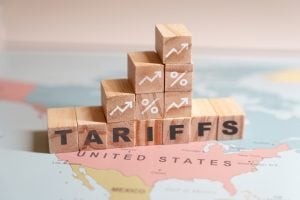
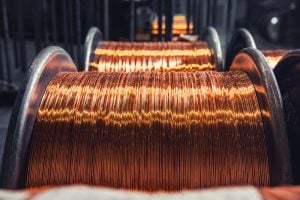





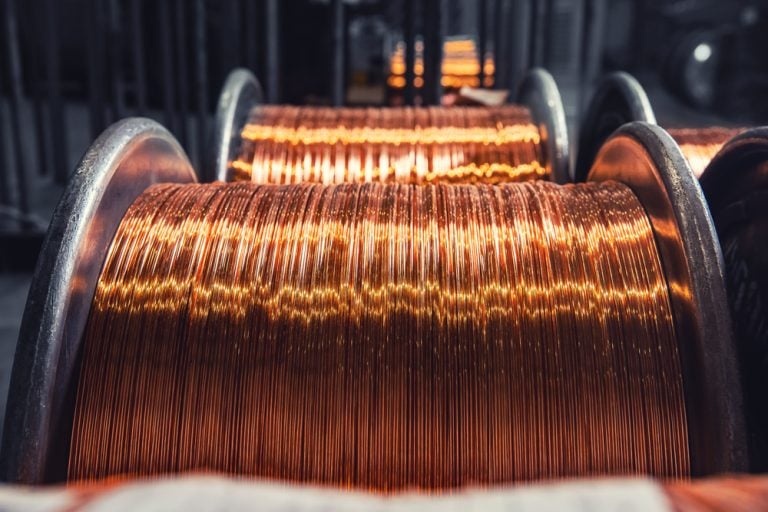
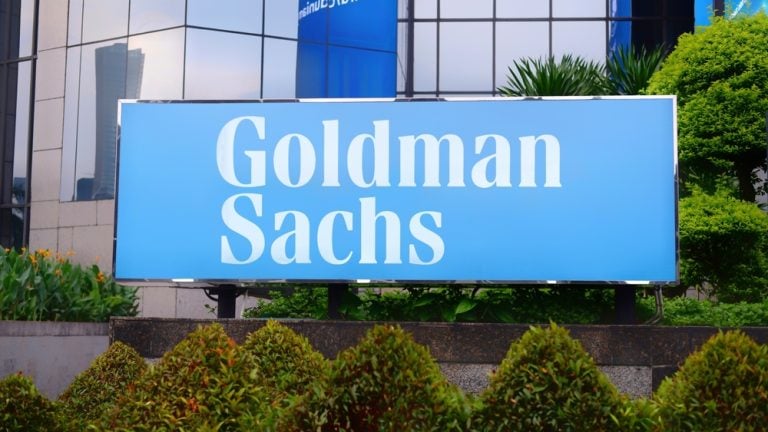


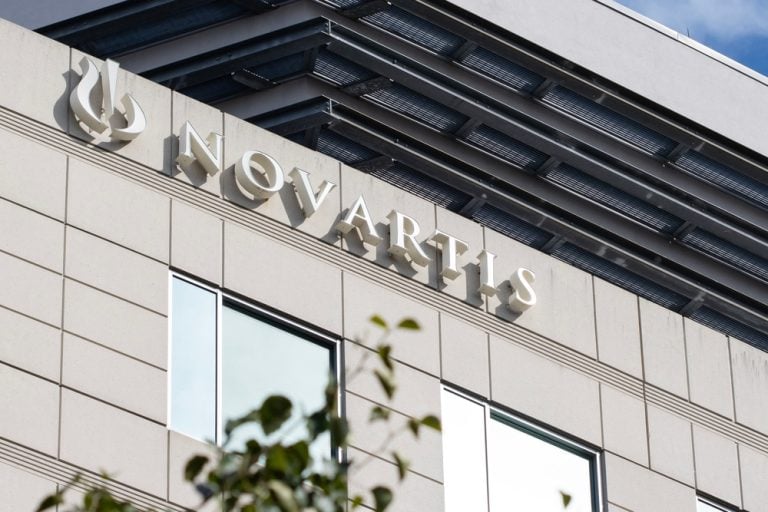



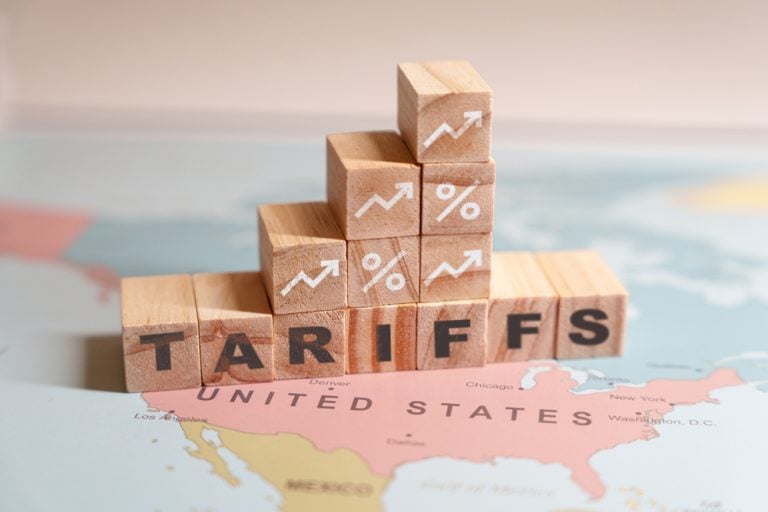

+ There are no comments
Add yours